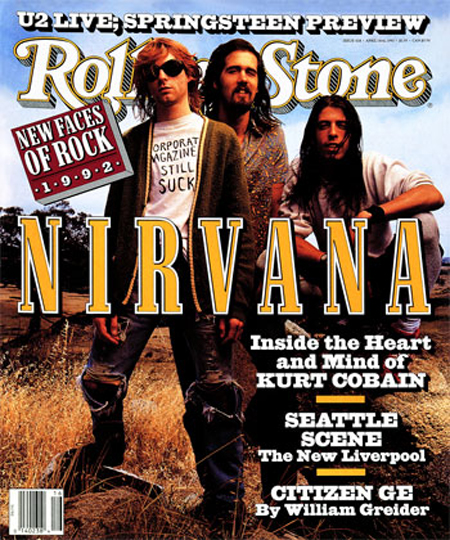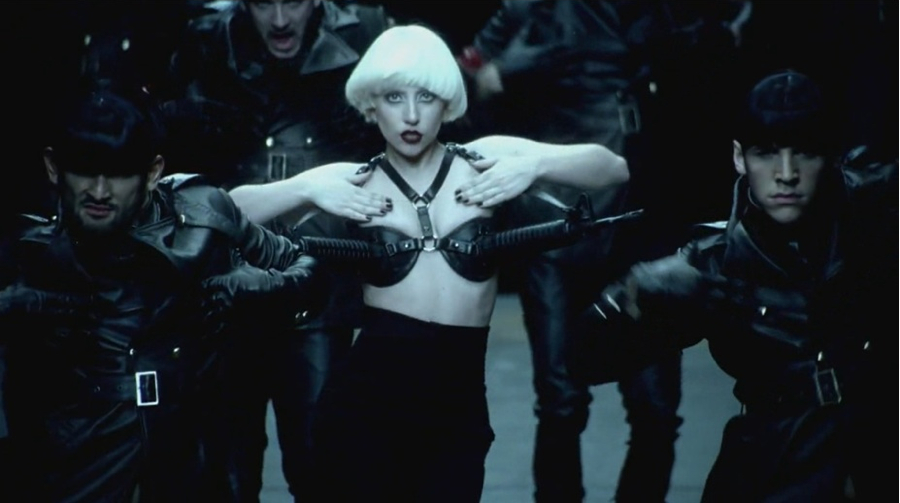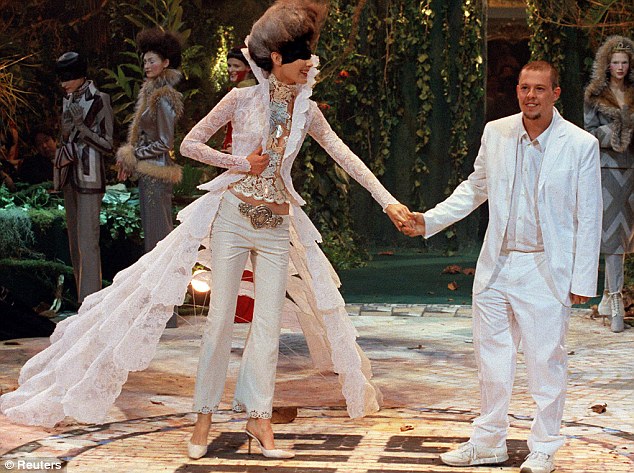A very astute look at consumerism and what drives the spending cycle, though not everyone may agree. He debunks some long held and often cherished assumptions that have been mainstays since the Frankfurt school’s Adorno and Marcuse and proposes the novel role of individuality and dissent, and continued to invoke the genius of Thorstein Veblen in revealing the significance of status and distinction as behavioral dynamic in our purchasing decisions. Marx is discredited in this respect, and the Milton Friedman is the clear winner.
Joseph Heath: Consumerism was initially identified as an explanation for the fact that the consumption choices we make, either as individuals or as a society, often do not reflect our more considered judgments about what is valuable (or even desirable). I then examined three different ways of explaining this phenomenon: that people are irrational, that they are brainwashed by advertising, or that they are stuck in a type of prisoner’s dilemma. The latter explanation was favored, not only because it is more charitable towards consumers, but because it generates a critique based on normative standards that are able to motivate legitimate political action within the context of a liberal society.

---Of course, on one hand, it's a significant bummer when art that was once cool and sincerely counter-cultural gets neutered or put in a zoo. On the other hand, Hard Rock Café and SAM aren't actually touching Nirvana's or Kurt Cobain's art. The Hard Rock is touching Cobain's stuff — his guitar (or its likeness), the snow globe that was on the top of his and Courtney Love's wedding cake (displayed inside) — and SAM is touching art made by people who took Kurt Cobain for a subject, like Alice Wheeler.--- Read More:http://seattletimes.nwsource.com/html/matsononmusic/2010958296_hard_rock_cafe_vs_seattle_art.html
…I then picked up on Frank’s suggestion that the primary force driving consumerism in contemporary society is not the desire to conform, but rather the requirement that one’s consumption choices reflect one’s individuality. This aspect of consumerism is most often overlooked simply because most critics adhere to a perfectionist analysis, and therefore think that consumerism is a consequence of people having the wrong sort of values. Because rebels and subversives have the ‘right’ set of values, and they are too reflexive to be duped by advertising, they are therefore thought to be incapable of promoting consumerism.
But the liberal analysis reveals consumerism to be a behavior pattern, grounded in comparative preferences, not a set of values. And ‘rebel consumers’, in so far as they strive to be cool, do have comparative preferences, and so their purchasing decisions are likely to generate the type of overall pattern that was initially identified as consumerist.
What are the consequences of this analysis? First, we need seriously to rethink the standard narrative of rebellion and conformity that we
have inherited from the 1960s. Much of what gets identified as rebellion is just status-seeking, and status competition is usually a negativesum
game. We also need to stop trying to assign corporations all the blame for consumerism. Consumerism is, first and foremost, a product of consumer behavior. The idea that there is some kind of ‘them’, opposed to ‘us’, is a fiction, a part of the ‘countercultural idea’. This fiction has become so transparent in recent years it is hard to see how the pretence could become more absurd. Which is more ridiculous? Kurt
Cobain on the cover of Rolling Stone, wearing a T-shirt that says ‘Corporate magazines still suck’, or Alexander McQueen, the ultimate
sartorial ‘subversive’, becoming chief designer at the House of Givenchy?

---Here the case of counter culture vs radical culture should be made clear. Counter culture alone is socially deviant, something that opts not to participate. This is something like the culture influenced by beat writers, where you dropout because you don’t feel you fit. This alone is not radical culture. Radical culture is dissent for the purpose of introducing a change that is absolutely necessary. Dissent not deviance. Dissent is inherent in the violent energy represented by Gaga and Akerlund, and it is quickly becoming popular in the mainstream. --- Read More:http://terrorpeople.org/?p=372
Is it possible to interpret these events as evidence that ‘the system’ is able to co-opt dissent? No. What it really shows is just that dissent is the system. Capitalism simply does not require hierarchy or cultural hegemony in order to function smoothly. So what can be done? A few suggestions were made earlier about policy initiatives that could be undertaken, based on the liberal critique. But within the context of a highly individualistic society, there is only so much that we can hope to accomplish. Only when we learn to feel comfortable, once again, wearing uniforms, will consumerism be vanquished. Of course, this is something that is extremely unlikely to occur. And so I would propose a second-best solution. If we persist in valuing individuality and non-conformity, then we must learn to stop complaining about the consequences of this decision – one of which will be that we live in a consumerist society. Read More:http://homes.chass.utoronto.ca/~jheath/hip%20consumerism.pdf

---Not for nothing was Alexander McQueen known as 'the hooligan of English fashion'. He was foul-mouthed, coarse, deeply provocative and at times downright offensive. But he was also breathtakingly talented - a trail-blazing fashion designer who was constantly pushing the boundaries and shoving good taste and political correctness to one side as he used themes such as death, masochism and violence to promote his searingly original collections. Read more: http://www.dailymail.co.uk/femail/article-1250371/Alexander-McQueen-A-life-fashion.html#ixzz1i1jmJZQV---
A consumerist society with a increasing blurring of the boundary between what is real and unreal, what is ava
garde and kitsch, where almost everything is performance. Entertainment value and commercial panache are valued more highly than artistic ability or aesthetic worth and painting is perilously close to becoming a sub-genre of performance art.Rimbaud’s program is portrayed as an authentic, self-exploratory act, the antithesis of which is postmodernism’s inauthentic mimicry of madness.
ADDENDUM:
…At the end of the 1950s, most Americans thought the beetle was ugly, and associated it primarily with the Nazis. The car’s fortunes in America were turned around by a now-famous advertising campaign, which began in 1961, that encouraged consumers to buy bugs precisely
because they were ugly, unglamorous, and square. Buying a bug was a way of standing out from the crowd, rebelling against the big three
automakers and their programs of planned obsolescence. It was a way of taking a stand against consumerism. In this way, the classic critique of consumerism was itself used as a way to sell cars, with enormous success. What explains this success?
This is Frank’s key observation. Wanting to be a rebel, an individual, to stand out from the crowd, is also an intrinsically positional good. It is a way of expressing distinction. If everyone else is going to be wearing a suit and tie, then showing up in casual dress is a way to appear more
relaxed, personable, and fun than everyone else. If everyone has an Oldsmobile, then driving a bug makes you stand out; it seems fresh, hip, cool (or as we would now say: irreverent, quirky, edgy). Of course, when everyone else joins in the rebellion, the effect is lost. So the individualist has to come up with some new way to stand out from the crowd. And, often enough, this will involve buying something new. Thus individualism generates its own cycles of obsolescence, and generates its own form of competitive consumption….Read More:http://homes.chass.utoronto.ca/~jheath/hip%20consumerism.pdf








 COMMENTS
COMMENTS



